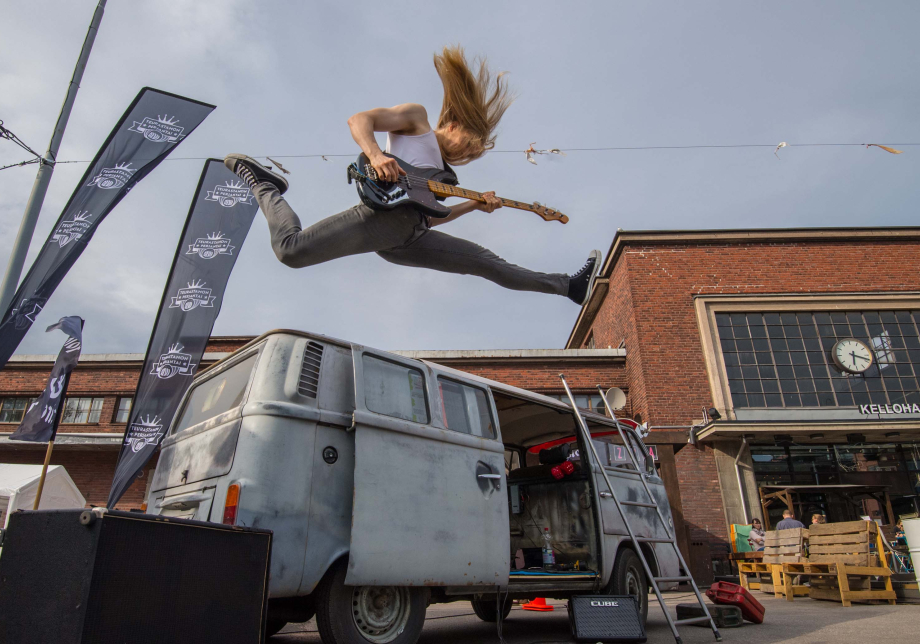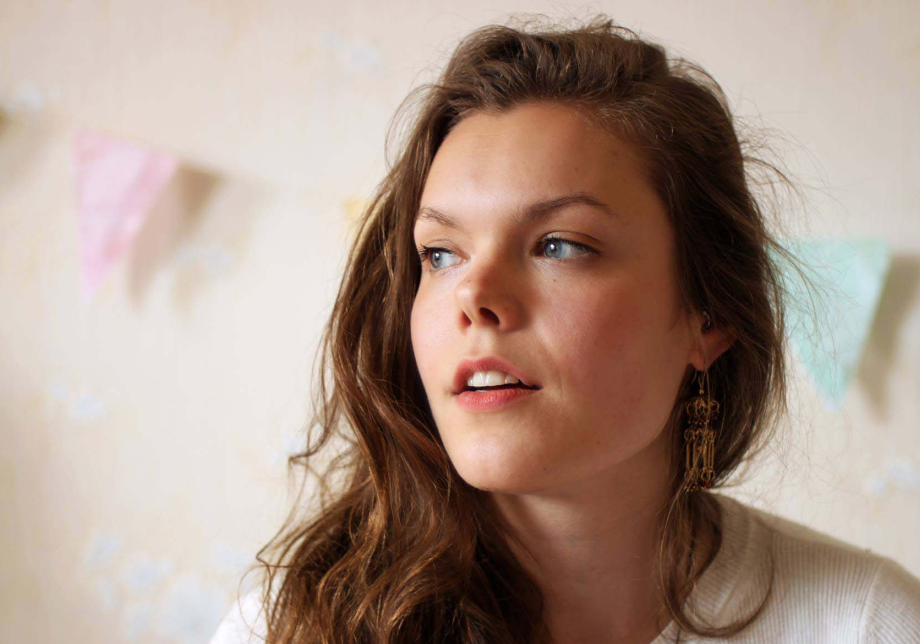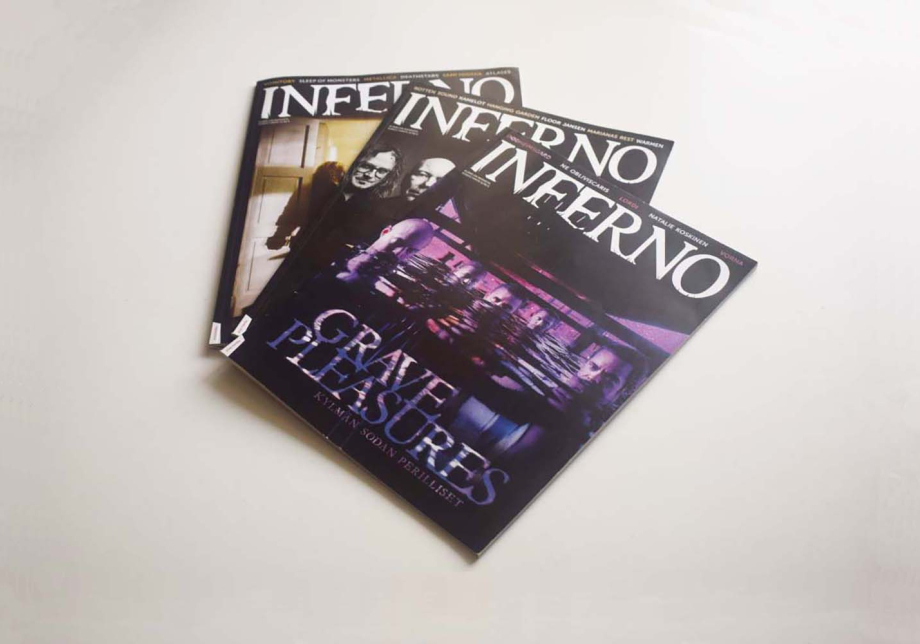Tiinaliisa Multamäki wants to create wellbeing through her art
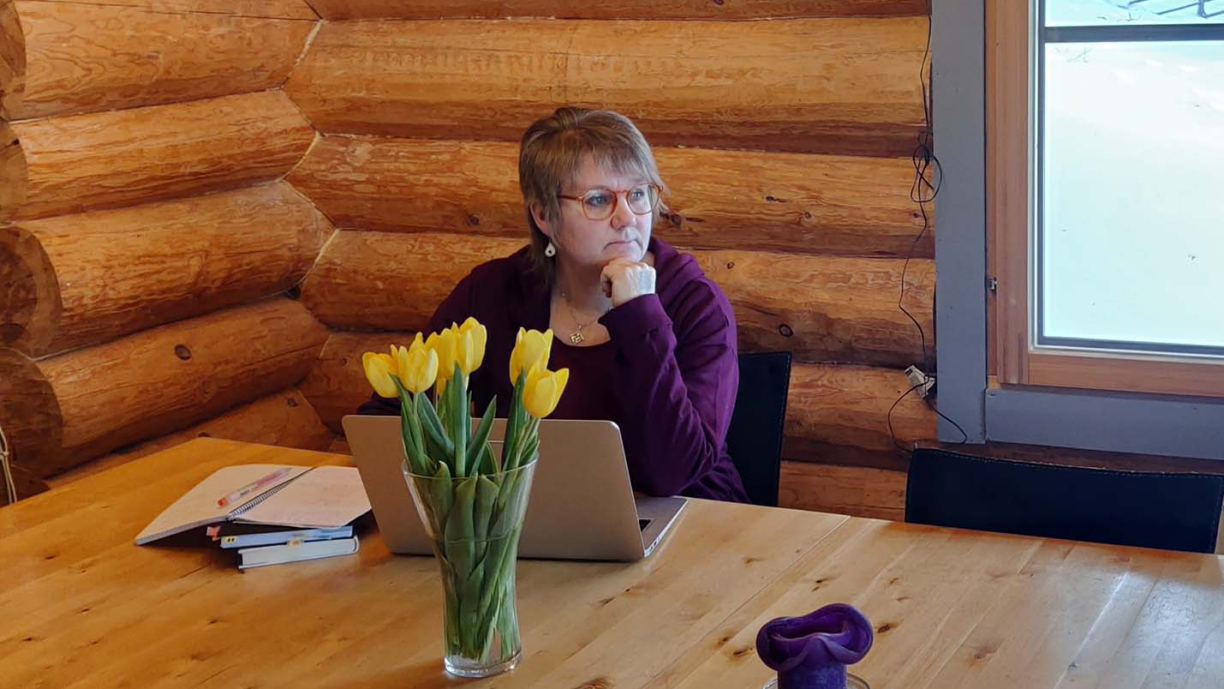
Tiinaliisa Multamäki, a spoken word artist who performs poetry and monologues, says that she wants to use her art to create wellbeing for other people. In fact, for herself included, making art is all about wellbeing.
– I once stopped making and consuming art, and it actually made me sick. I have come to the realisation that art is a necessity for me and that my wellbeing depends on it.
In her works, Multamäki has dealt with issues such as the depression of mothers and stress management, both of which she has personal experience with. She also finds subjects elsewhere than in her own life.
– I once made a presentation based on a doctoral thesis in education that dealt with the primary school memories of young prisoners. I read through the researcher’s dissertation and dramatised it.
I once stopped making and consuming art, and it actually made me sick.
In addition to wellbeing, Multamäki wants to convey information through her works.
– It is easier to receive a message through a presentation than to listen to a lecturer who tells you how to do things. When watching a presentation, you identify more when you see, for example, someone under stress screaming on the floor and behaving irrationally.
Gathering information and writing scripts
In 2022, Taike awarded Multamäki a four-month working grant for the performing arts. With the support of the grant, Multamäki worked on a script and collected material for a theatre performance about ADHD.
– When I received the grant, I borrowed a stack of books from the library and began looking for material and a knowledge base. In addition, I organised a meeting in Sodankylä through which I got in touch with other women diagnosed with ADHD.
– I have also read a lot of news material and discussion forums, through which I can see what the common denominators are and what should be included in the presentation. The grant gave me the freedom to focus on gathering information, which can be very time consuming.
The challenge is to bring commotion and chaos to the stage in an understandable way.
Multamäki’s interest in the subject was sparked when she was diagnosed with ADHD a few years ago. Her aim is to transfer the inner world of people with ADHD to the stage.
– The noise inside one’s head is what causes exhaustion in ADHD. It is difficult for an outsider to understand how much is going through such a person’s head. That’s why people with ADHD get so tired.
Multamäki originally intended to deliver the performance as a monologue, but it now looks like it will become a theatrical performance with a handful of actors. The script should be finished later this year.
– There are so many voices in the head of a person diagnosed with ADHD that one speaker is not enough. The challenge is to bring commotion and chaos to the stage in an understandable way. Similarly, it is a challenge to avoid having the performance create the impression of schizophrenia or the like.
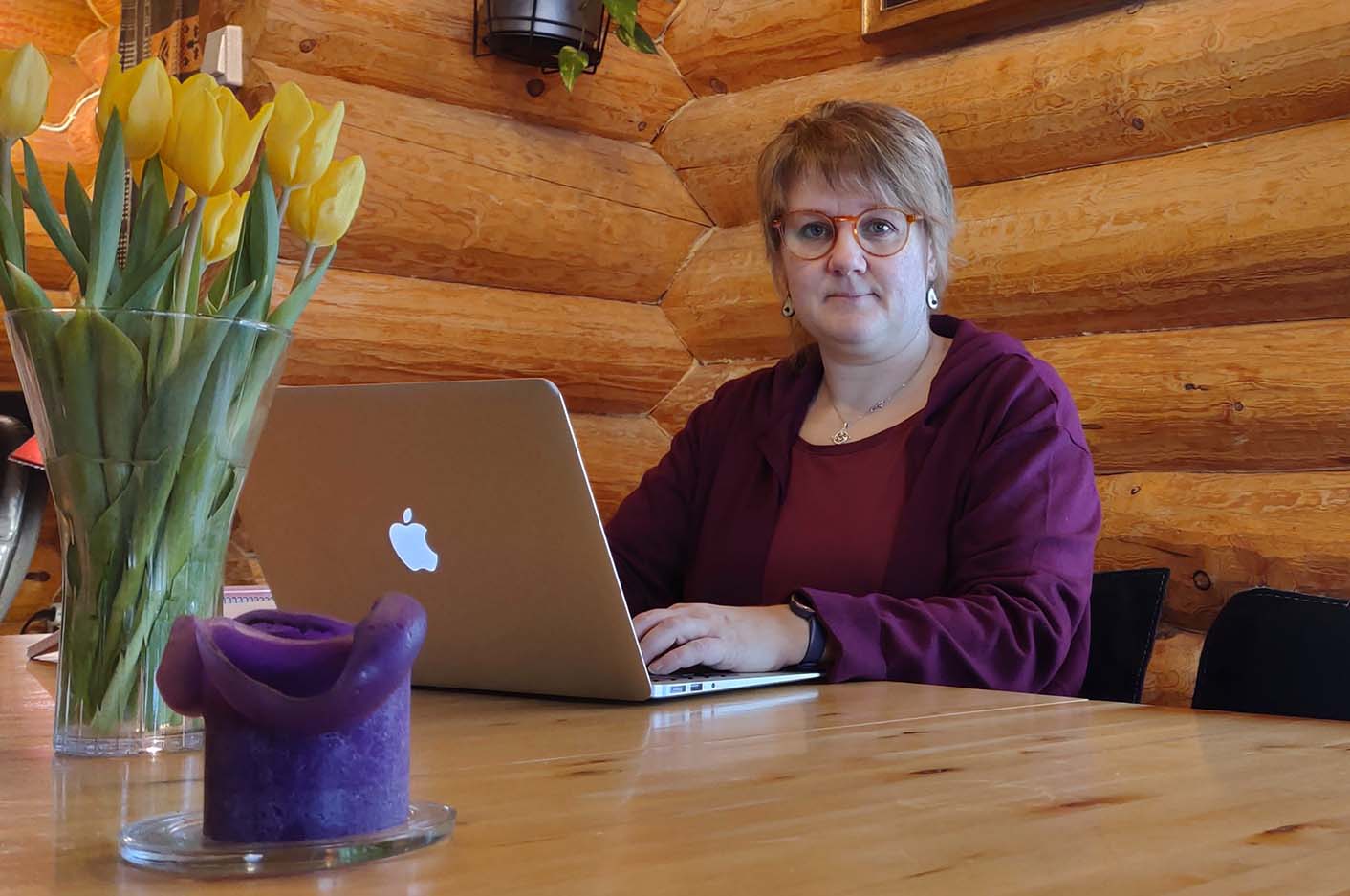
Solitary endeavour
Tiinaliisa Multamäki lives in Sodankylä, more than 100 kilometres from Rovaniemi, the regional centre of Lapland. She often has to drive hundreds of kilometres a day for her work.
According to Multamäki, living far away from other artists has had a positive effect on her art.
– My content is unique. I cannot remember the last time I got to see someone else’s recital or poetry performance. When there is no other possibility, you simply do your own thing and trust that it is good.
The biggest reward for me is the audience’s reaction after a show.
Living in a sparsely populated rural area does have its downsides too.
– There is no peer support for your work, and there are also fewer consumers of culture. If I want to perform elsewhere, it means driving at least a hundred kilometres. There are so many more potential customers in the corresponding area in Southern Finland.
Challenges are also created by the fact that the target audience for Multamäki’s art is small.
– What can be more marginal than spoken word performances in Lapland? You have do a lot of work before you earn any income from it. On the other hand, I know that I do something that not everyone can do. The biggest reward for me is the audience’s reaction after a show. Art creates emotions and through them also wellbeing – both for the creator and the experiencer.
”Meet Our Funding Recipients” is a series of articles that introduces you to artists, working groups and communities who have received funding from Taike. In these interviews, funding recipients discuss their art and the projects they have been able to implement with the support of funding.

